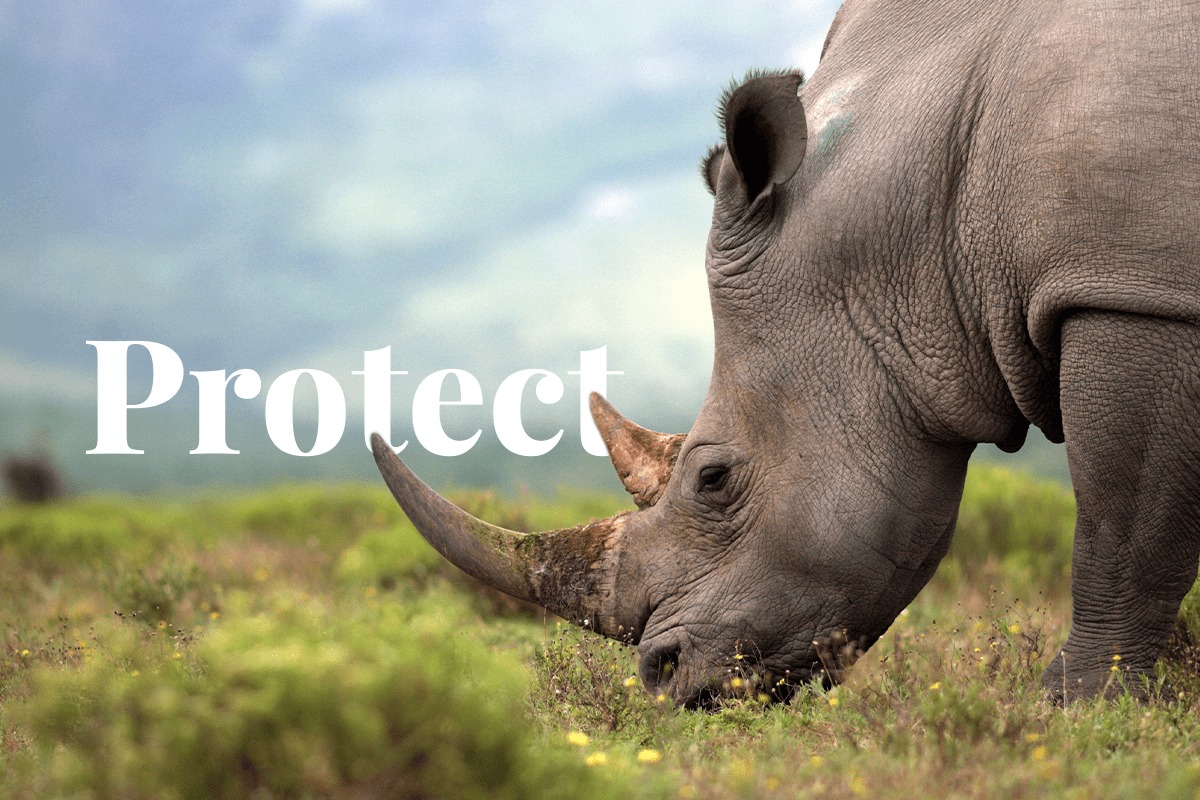The situation with global biodiversity is becoming increasingly alarming, and the United Nations is sounding the alarm. According to recent studies, only a small number of countries have developed the necessary legislative measures to effectively protect the environment. With the growing threat of extinction of flora and fauna species and the deterioration of ecosystems, environmentalists and world leaders are urgently calling for immediate action. Success in conservation requires not only international cooperation, but also mandatory, clearly defined legislative initiatives that will help to stop the process of destruction of the natural world and ensure a sustainable future for all living beings on the planet.
Biodiversity crisis: Only 29 countries have developed full strategies ahead of UN conference
Less than 15% of countries have submitted plans to slow ecological destruction ahead of an international biodiversity summit in Colombia, according to figures released Wednesday by the United Nations.
In 2022, the 196 countries that signed the UN Convention on Biological Diversity (CBD) endorsed a framework with 23 targets aimed at “halting and reversing” the loss of natural resources by 2030. According to the UN report, about a quarter of all studied species of flora and fauna are at risk of extinction, and about a million of them are already at risk of extinction, and many could disappear in the coming decades.
Under the Kunming-Montreal International Biodiversity Framework, adopted two years ago in Canada, countries were asked to develop and finalize their “national biodiversity strategies and action plans” by the 16th Conference of the Parties (COP16) in Cali, Colombia on Monday. However, only 29 of the 196 countries that have signed the CBD have submitted full action plans so far, CBD Executive Secretary Astrid Schoemaker said on Wednesday.

Ninety-one countries have submitted less detailed “national targets.” “We are confident that many more will be submitted in the near future,” Shomaker said at a press conference. The program has 23 targets, including a commitment to protect at least 30 percent of all land and water resources by 2030 and halt the anthropogenic extinction of known threatened species. Thousands of delegates, including seven heads of state and some 140 ministers, are expected to attend the 16th Conference of the Parties (COP16) to the CBD, which runs through November 1. The forum is tasked with developing monitoring and funding mechanisms to ensure that the targets are met.
Legislative initiatives in Europe: how the continent's ecosystems and biodiversity are protected
Europe has a large number of laws and programs aimed at protecting ecosystems and protecting animals. These measures not only control the use of natural resources, but also help preserve biodiversity across the continent. One of the most significant laws is the Habitats Directive and the Birds Directive adopted by the European Union. The Habitats Directive, adopted in 1992, aims to protect natural habitats and wildlife. It ensures the formation of a network of protected natural areas
called Natura 2000, which covers the most important natural areas in EU countries. These initiatives help to preserve many species of flora and fauna that are on the verge of extinction. Also, the EU Wildlife Trade Regulation provides protection for rare and vulnerable species by prohibiting their illegal trade. This law aims to prevent poaching and preserve populations such as elephants and rhinos, which suffer from illegal hunting for their valuable horns and tusks.

An important step in animal protection is also the Convention on International Trade in Endangered Species of Wild Fauna and Flora (CITES), which regulates the export and import of endangered species. This convention includes strict rules and control mechanisms to protect vulnerable animals and plants.
Many European countries are also developing and implementing their own legislation and initiatives to protect ecosystems. These include programmes aimed at restoring natural habitats and monitoring the state of ecosystems. These laws, aimed at preserving biodiversity and the responsible use of natural resources, are key to ensuring ecosystem security for future generations.

